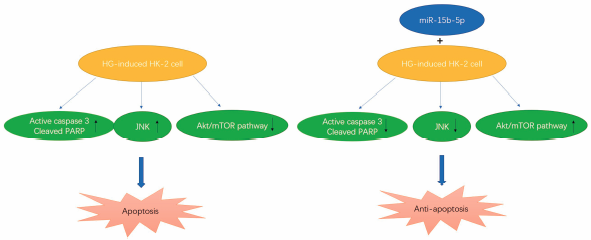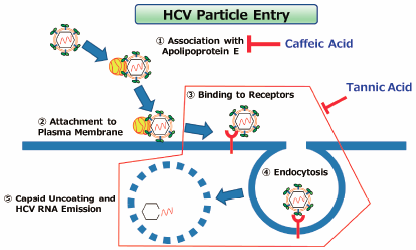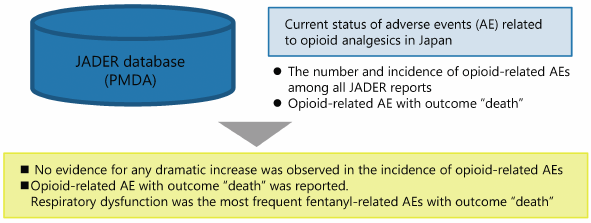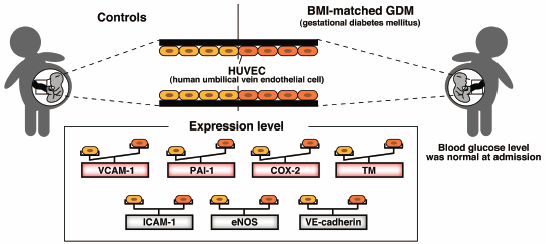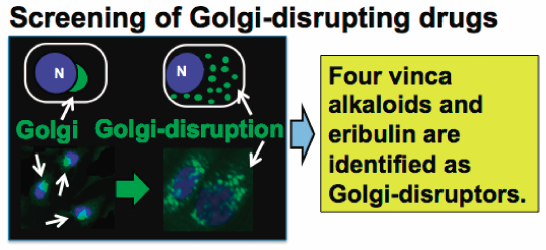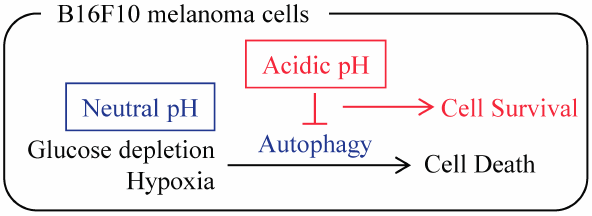Volume 42, Issue 5
Displaying 1-29 of 29 articles from this issue
- |<
- <
- 1
- >
- >|
Review
-
2019 Volume 42 Issue 5 Pages 649-665
Published: May 01, 2019
Released on J-STAGE: May 01, 2019
Download PDF (2677K) Full view HTML
Communication to the Editor
-
2019 Volume 42 Issue 5 Pages 666-670
Published: May 01, 2019
Released on J-STAGE: May 01, 2019
Download PDF (875K) Full view HTML
Regular Articles
-
2019 Volume 42 Issue 5 Pages 671-679
Published: May 01, 2019
Released on J-STAGE: May 01, 2019
Download PDF (1324K) Full view HTML -
2019 Volume 42 Issue 5 Pages 680-684
Published: May 01, 2019
Released on J-STAGE: May 01, 2019
Download PDF (299K) Full view HTML -
2019 Volume 42 Issue 5 Pages 685-691
Published: May 01, 2019
Released on J-STAGE: May 01, 2019
Download PDF (3966K) Full view HTML -
2019 Volume 42 Issue 5 Pages 692-702
Published: May 01, 2019
Released on J-STAGE: May 01, 2019
Advance online publication: March 02, 2019Download PDF (2571K) Full view HTML -
2019 Volume 42 Issue 5 Pages 703-711
Published: May 01, 2019
Released on J-STAGE: May 01, 2019
Download PDF (1198K) Full view HTML -
2019 Volume 42 Issue 5 Pages 712-720
Published: May 01, 2019
Released on J-STAGE: May 01, 2019
Download PDF (406K) Full view HTML -
2019 Volume 42 Issue 5 Pages 721-727
Published: May 01, 2019
Released on J-STAGE: May 01, 2019
Advance online publication: March 13, 2019Download PDF (2180K) Full view HTML -
2019 Volume 42 Issue 5 Pages 728-735
Published: May 01, 2019
Released on J-STAGE: May 01, 2019
Download PDF (2664K) Full view HTML -
2019 Volume 42 Issue 5 Pages 736-743
Published: May 01, 2019
Released on J-STAGE: May 01, 2019
Download PDF (861K) Full view HTML -
2019 Volume 42 Issue 5 Pages 744-750
Published: May 01, 2019
Released on J-STAGE: May 01, 2019
Download PDF (1688K) Full view HTML -
2019 Volume 42 Issue 5 Pages 751-757
Published: May 01, 2019
Released on J-STAGE: May 01, 2019
Download PDF (1332K) Full view HTML -
2019 Volume 42 Issue 5 Pages 758-763
Published: May 01, 2019
Released on J-STAGE: May 01, 2019
Advance online publication: March 06, 2019Download PDF (1581K) Full view HTML -
2019 Volume 42 Issue 5 Pages 764-769
Published: May 01, 2019
Released on J-STAGE: May 01, 2019
Download PDF (2531K) Full view HTML -
 2019 Volume 42 Issue 5 Pages 770-777
2019 Volume 42 Issue 5 Pages 770-777
Published: May 01, 2019
Released on J-STAGE: May 01, 2019
Editor's pickThe article by Shirasago et al demonstrated that the coffee-related compounds caffeic acid and tannic acid act on hepatitis C virus (HCV) particles and abrogate their infectivity. Particularly, the authors demonstrated that caffeic acid significantly reduced cellular attachment of HCV particles and their interaction with host apolipoprotein E, which is essential for HCV infectivity. Intake of coffee or the coffee-related compounds caffeic acid and tannic acid, which are inexpensive and easy to supply, might lead to prevention of HCV infection and slower disease progression after HCV infection.
Download PDF (813K) Full view HTML -
2019 Volume 42 Issue 5 Pages 778-785
Published: May 01, 2019
Released on J-STAGE: May 01, 2019
Download PDF (677K) Full view HTML -
2019 Volume 42 Issue 5 Pages 786-791
Published: May 01, 2019
Released on J-STAGE: May 01, 2019
Download PDF (498K) Full view HTML -
2019 Volume 42 Issue 5 Pages 792-800
Published: May 01, 2019
Released on J-STAGE: May 01, 2019
Download PDF (2639K) Full view HTML -
2019 Volume 42 Issue 5 Pages 801-806
Published: May 01, 2019
Released on J-STAGE: May 01, 2019
Download PDF (558K) Full view HTML -
2019 Volume 42 Issue 5 Pages 807-813
Published: May 01, 2019
Released on J-STAGE: May 01, 2019
Download PDF (798K) Full view HTML -
2019 Volume 42 Issue 5 Pages 814-818
Published: May 01, 2019
Released on J-STAGE: May 01, 2019
Advance online publication: February 21, 2019Download PDF (2596K) Full view HTML -
2019 Volume 42 Issue 5 Pages 819-826
Published: May 01, 2019
Released on J-STAGE: May 01, 2019
Download PDF (2108K) Full view HTML
Notes
-
2019 Volume 42 Issue 5 Pages 827-832
Published: May 01, 2019
Released on J-STAGE: May 01, 2019
Download PDF (2188K) Full view HTML -
2019 Volume 42 Issue 5 Pages 833-836
Published: May 01, 2019
Released on J-STAGE: May 01, 2019
Download PDF (319K) Full view HTML -
2019 Volume 42 Issue 5 Pages 837-839
Published: May 01, 2019
Released on J-STAGE: May 01, 2019
Download PDF (440K) Full view HTML -
2019 Volume 42 Issue 5 Pages 840-844
Published: May 01, 2019
Released on J-STAGE: May 01, 2019
Download PDF (2247K) Full view HTML -
2019 Volume 42 Issue 5 Pages 845-849
Published: May 01, 2019
Released on J-STAGE: May 01, 2019
Download PDF (381K) Full view HTML -
2019 Volume 42 Issue 5 Pages 850-855
Published: May 01, 2019
Released on J-STAGE: May 01, 2019
Download PDF (903K) Full view HTML
- |<
- <
- 1
- >
- >|














